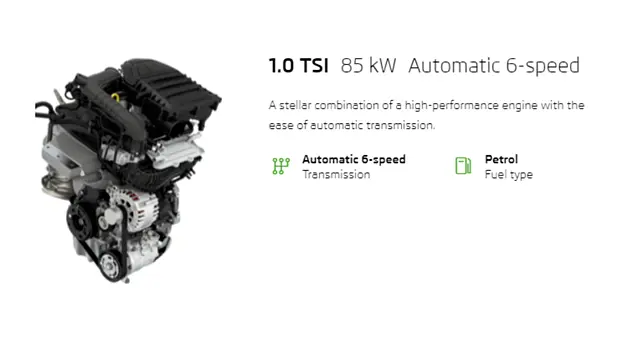
With every new vehicle launch, the OEMs try to make themselves unique by introducing new features and/or technologies that will help improve efficiency, safety, comfort and convenience. However, cost plays a key role as these initiatives call for additional investments in developing products or assembling them or sometimes both. Therefore, it is the prudence of the OEMs to strike a balance and offer the product with features that will lure the customers.
The vehicle maker to attempt these initiatives off late is Skoda Auto, which recently launched its SUV - Kushaq, after creating many expectations for some time. It comes with Active Cylinder Technology (ACT) and Electronic Differential Lock (EDL).
The need
It all began with the company recasting its India story to accomplish a set of objectives. On July 2, 2018, exactly three years back, the Indian unit of the German car manufacturer, Skoda Auto Volkswagen India, announced its 'India 2.0 Project' to revive sales with a vision to become a volume player after 20-year long innings as a niche player in India.
Skoda Auto started operating in India in November 2001 and sold about 249,588 units since then. With India Project 2.0, the company's focus is to sell 100,000 cars annually from the current 15,000 units. To execute this project, the company has invested €1 billion, which is also claimed to be one of the highest investments done by an automotive company.
To ensure the products are ideally suited to the Indian market, Skoda Auto has set up an engineering centre in the country. All models designed and produced locally in India in the future will be based on Volkswagen Group's MQB platform. The derivative is the MQB-AO-IN platform produced for the Indian market. The platform has been designed to meet the new, stricter safety and emission requirements for India. A team of 250 local engineers have played a major role in the development of the MQB-A0-IN. This new platform will also underpin a sedan that will replace the Rapid and also Volkswagen Taigun.
Localisation
The project has helped Skoda Auto achieve 95% localisation of the Kushaq, due to which the service cost will come down by 23%, as claimed by the company. It is also to note that Kushaq is the first highly localised product from the brand.
In the past, car manufacturers who have focused on a high level of localisation have achieved two key objectives - reduce cost on production of the product and reduce the maintenance cost along with easy availability of parts.
In the case of Skoda, it seems the car manufacturer has been able to unlock its most significant challenge of reducing the maintenance cost and part availability through localisation. However, priced slightly higher at INR 10.49 lakh to INR 17.59 lakh, Kushaq has made some noise of being an expensive SUV. But at many times, cars are valued on the list of features it has to offer and rarely being evaluated on the technology it provides.
Features
Kushaq may not have a list of features that can be compared to its Korean competitors. But it has differentiating technology such as segments first 1.0-litre TSI Engine, ACT in its 1.5 TSI engine, which enhance fuel efficiency and electronic differential lock.

The engine generates 115 hp of power and 178 Nm of torque. The company claims that Kushaq can make the 0-100kmph in 10.6 sec with manual and 11.7 sec in the automatic gearbox.
The 1.0 TSI unit is a three-cylinder turbo engine from the EA 211, which features an aluminium block and a four-valve configuration. This is a tried and tested engine globally as the carmaker has produced about 13 million engines since 1997.
The company has introduced ACT in the four-cylinder 1.5 TSI engine. For the first time, the carmaker is offering such technology that improves engine efficiency and reduces fuel consumption and emissions.
As the name suggests, the engine shuts down two out of the four cylinders at low rpm and speeds by deactivating injection, ignition and the valve gear. These cylinders are reactivated at higher revs, and cylinder start and stop are not noticeable at all.
This technology works at up to 130 km/hr regardless of which gear is engaged.
Apart from ACT, the other key technology used in Kushaq is the EDL that uses ABS sensors on the drive wheels to determine if one tyre is spinning faster than others. The system used ABS for a moment to apply brakes to balance out the traction need of the driven tyre. It basically improves the traction and handling of front-wheel-drive models. The technology was first used in the Volkswagen Golf GTI.
Would these initiatives taken by Skoda Auto see Kushaq entice customers?

